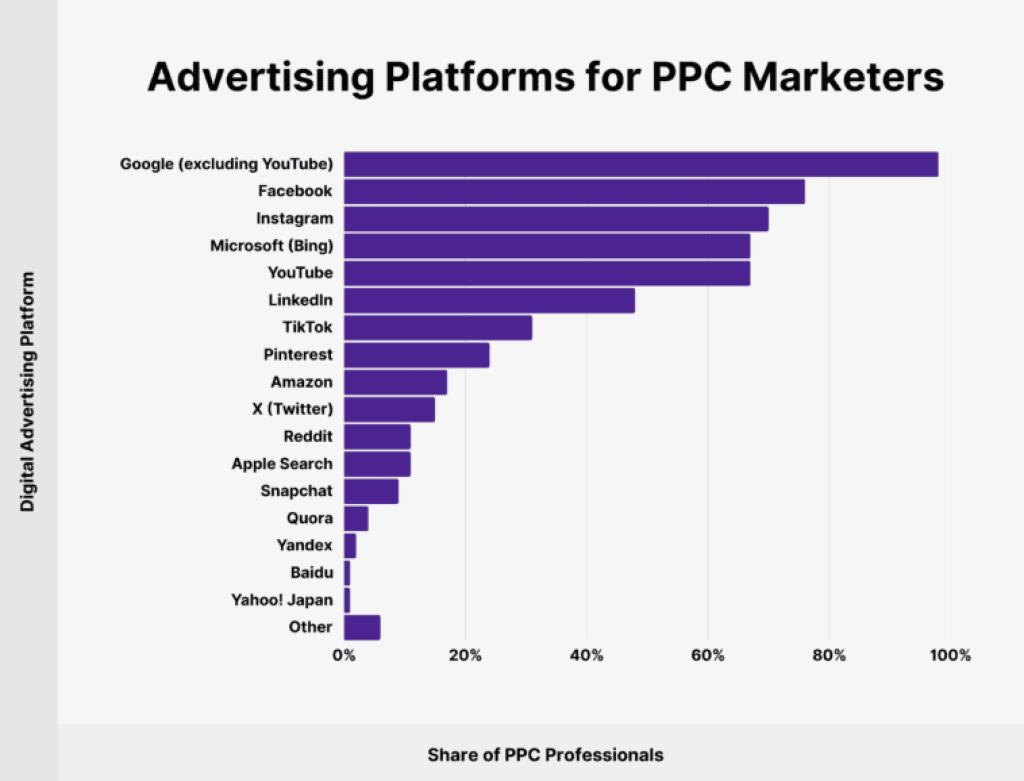You’ve driven traffic with ads, and some visitors clicked and left without converting. That’s expected. But that doesn’t mean they aren’t interested.
That’s why a smart PPC remarketing strategy is super important.
It reconnects with those near-conversions and gently nudges them back. You’ll discover how to speak directly to previous visitors, use tailored messaging, and track what works. When done with care, this boosts conversions and saves money—without being pushy.
Quick Takeaways
- A strong PPC remarketing strategy brings back visitors who already showed interest—without being annoying or repetitive.
- Customize your ads to where users dropped off—browsers, cart abandoners, or pricing page viewers all need different messaging.
- Show people exactly what they viewed (like a specific product or color) to increase relevance and conversions.
- Use Google for high-intent shoppers and Meta for casual rediscovery—just match your visuals and tone to each space.
- Monitor ROAS, CPA, CTR, and frequency to refine your campaigns. Stay helpful, not intrusive, to keep conversions high and costs low.
Why Remarketing Works
Imagine visiting a store, picking up a product, and walking out. A sign in the window calls you back with a friendly reminder. That’s remarketing in action: digital reminders for people who’re already interested.
Regular PPC ads grab attention once. Remarketing keeps your brand present for those who didn’t convert yet. You’re not hunting blind, you’re reconnecting with people who already clicked. That approach tends to drive quicker conversions and better return on ad spend.

Image source
Creating Audience Segments That Make Sense
Segmenting your audience helps you send relevant messages rather than generic ads. Suppose someone viewed a product page but didn’t add it to their cart.
They need a different message than someone who clicked “add to cart” and bailed. You can create groups like “browsed” vs. “abandoned cart” or “visited pricing page.” Each segment gets tailored ad creatives and offers that speak to where they dropped off.
Writing Ad Copy That Speaks to People
Generic ads waste ad spend. Instead, create your messaging based on behavior. If someone abandoned a cart, your ad might read: “Still interested? Buy now and save 10% with code SAVE10!”
If someone just browsed a product, a softer tone works: “Liked what you saw? Learn more about [product] here.” You’re not pushing or shouting—you’re starting a conversation based on their interest.
Visuals That Help, Not Just Stand Out
Your ads should feel familiar. Use the same product images, brand colors, and tone they already saw on your site. If they spent time on a specific product page, show that exact product. That recognition jump-starts trust and recall. Avoid risky or mismatched visuals! They hurt engagement and feel tone-deaf.
Setting Frequency Caps Wisely
Nobody wants constant reminders. Imagine going to a friend’s house and seeing their face plastered everywhere. Annoying, right? That’s what it feels like when ads follow you endlessly. Set frequency caps—aim for 3–5 times per week per individual. Too much, and you become just like the rest. Too little, and people forget.
Find the balance where your brand stays top-of-mind, not stalkerish.
Timing and Budget That Align With Behavior
Not all ads need equal budget. Someone who abandoned a cart deserves more spend than a casual browser. You can prioritize budgets accordingly. Also, control your ad timing. If most conversions happen during work hours, focus spend then. If weekends convert better, shift that budget. Thoughtful allocation ensures your ads reach people when they’re most likely to act.
Remarketing for Different Platforms: Google vs. Meta
Not all remarketing platforms work the same way. Google Ads and Meta (Facebook and Instagram) each bring their own advantages, quirks, and ideal use cases.
Google lets you follow people across websites, YouTube, and Gmail. That makes it great for product-based businesses with long buying cycles. Someone searching for laptops today might see your ad while watching cat videos tomorrow. With Google, intent is usually stronger—people searched for something specific and showed interest.
Meta
Meta remarketing works best for visually engaging products and services. People might not be actively shopping, but your ad shows up mid-scroll when they’re relaxed and more open to suggestions. You’re not just reminding them—they’re rediscovering you.
That’s why many brands run remarketing on both platforms. Google catches the high-intent crowd. Meta keeps your offer alive while they unwind.
Every Platform is Different
Just remember to customize. One platform favors sharp headlines and direct calls to action. The other rewards colorful visuals and subtle emotional triggers. You don’t need to reinvent your message—just dress it up differently depending on where it’s going.
Mixing both often fills the gaps in your remarketing funnel and boosts your return without raising your spend.

Image source
Using Dynamic Ads to Personalize at Scale
Dynamic remarketing shows each person what they looked at, right down to the color or version. If Amy viewed the blue running shoes on your site, your ad shows those exact shoes with “Still thinking about them?” It’s personalization without manual work. While setup takes time, the payoff often surprises advertisers with higher conversion rates.
How to Measure
Once your campaigns run, check what’s working:
- Return on Ad Spend (ROAS): Compare revenue gained vs. ad spend.
- Conversion Rate: Are you winning more buyers from previous visitors?
- Cost per Acquisition (CPA): Watch how hard you’re working to get each conversion.
- Click-Through Rate (CTR): High CTR suggests your ads resonate.
- Frequency vs. ROI: If frequency goes up but ROI drops, you’re irritating audiences.
Use these signals to pause underperforming segments, tweak copy, refine visuals, or adjust budgets.
Staying Mindful of Privacy and Brand Tone
Remarketing sits at the edge of attention and intrusion. Respect user privacy. Always keep your ads relevant and unobtrusive. Introduce yourself, but don’t shadow them. When crafted well, remarketing speaks from a place of helpfulness, not desperation.
What Success Looks Like
A smart remarketing strategy saves ad dollars by focusing on warm prospects. It boosts conversions by showing appealing, relevant messages. Your ads feel helpful, not harassing. As you refine messaging, segment lists, and measure performance, your cost per acquisition drops and returns grow.
Video source
Smooth, Smart, Successful PPC Remarketing
Reminder: you don’t need fancy tricks. You just need to speak clearly to people who were close to converting. By segmenting by behavior, using friendly reminders, capping ad frequency, and measuring results, you lift conversions and respect user experience. When done right, PPC remarketing doesn’t feel like chasing—it feels like thoughtful follow-up. That makes all the difference.
If you are eager to find content marketing solutions for your brand, check out our Content Builder Service. Set up a quick consultation, and we’ll help you build a blog you’re proud of! Get started today and generate more traffic and leads for your business.
Read More
By: Lauren Basiura
Title: How to Implement a Successful PPC Remarketing Strategy
Sourced From: marketinginsidergroup.com/best-practices/how-to-implement-a-successful-ppc-remarketing-strategy/
Published Date: Wed, 30 Jul 2025 10:00:24 +0000
Did you miss our previous article...
https://trendinginbusiness.business/business/andrew-bailey-blocks-rachel-reevess-meeting-with-revolut-amid-concerns-over-political-interference
.png)





